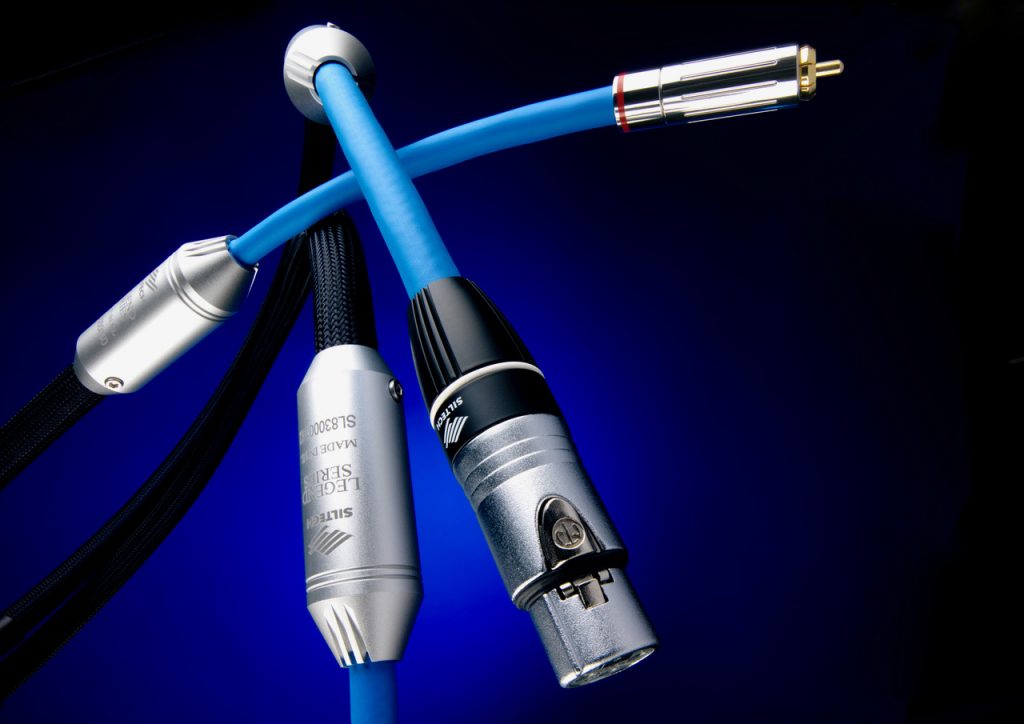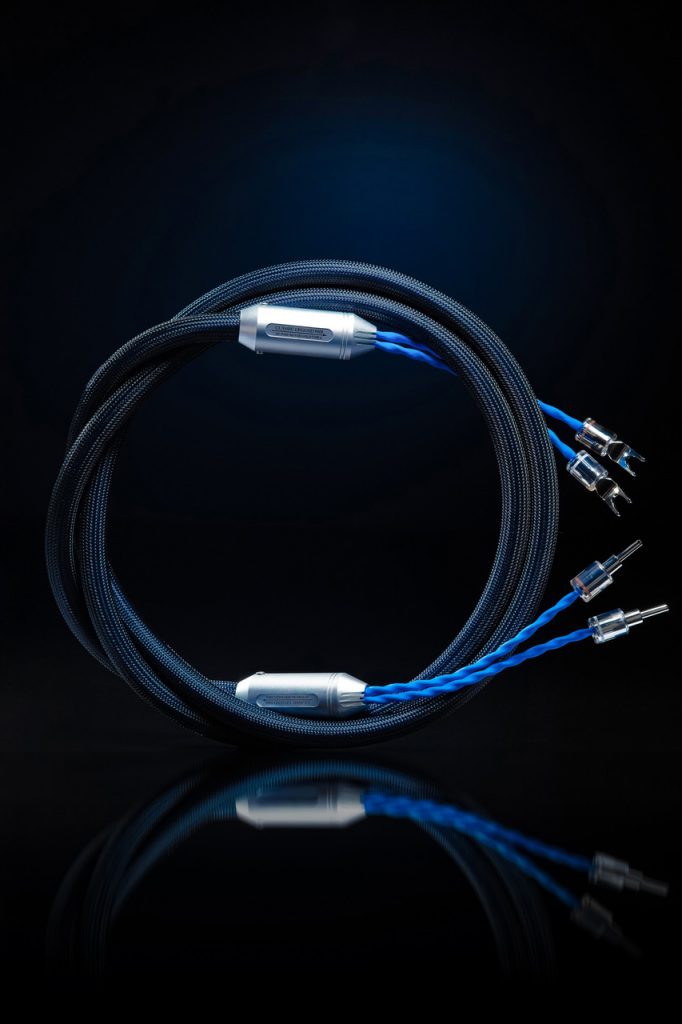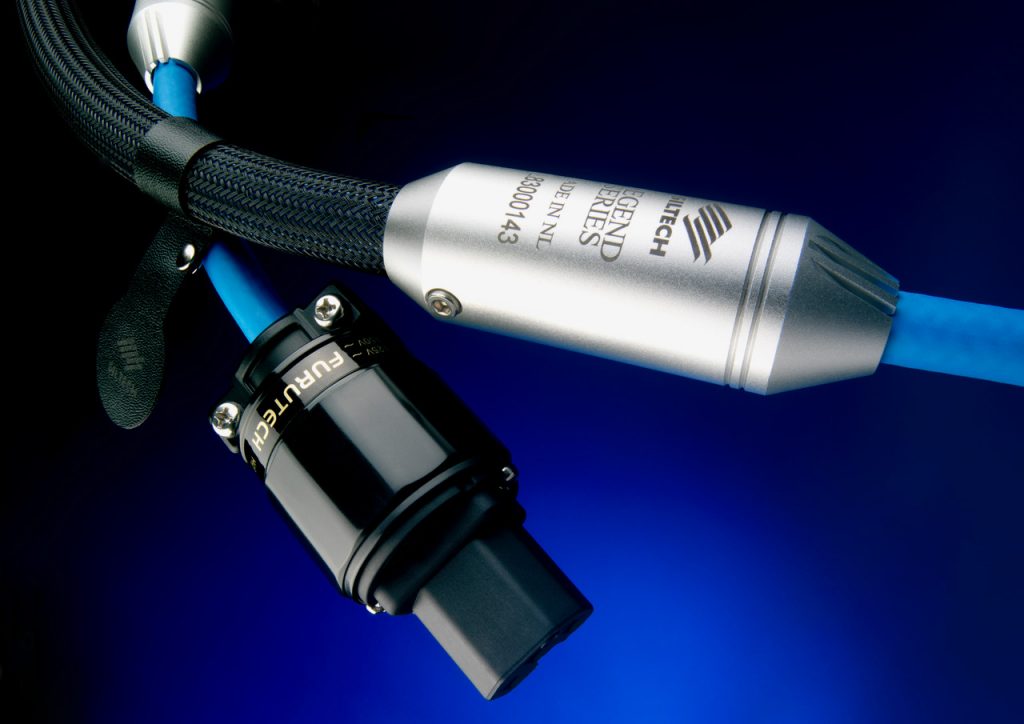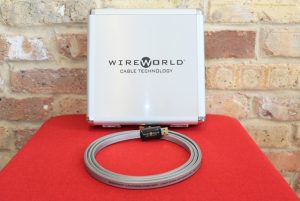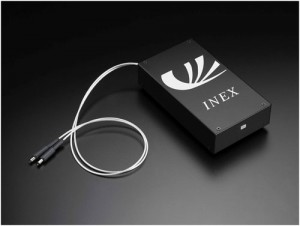For those Audiophiles that have been around a while, the name Siltech conjures images of high-end esoterica and rarified audiophile air. Edwin van der Kley Rynveld, an electrical engineer with very high level experience at Exxon and Phillips, acquired the company in 1992. Since the acquisition, Edwin has propelled Siltech into the ranks of the elite cable manufacturers through hard work, a commitment to great sound, and an extensive investment in R&D. Produced in the Netherlands, Siltech has rightly earned the mystique and admiration they enjoy. The company continues to grow, and has increased their reach thanks to Gabi Rynveld's efforts. Gabi is a very well respected classical pianist, the PR power behind Siltech and Crystal Cable, and most importantly, a very nice women. Siltech is now available through dealers in the United States via Monarch Systems distribution.
There is no question Siltech means business, and the price for its reference line up is quite dear. But big ticket prices for top tier wire is nothing new. There are plenty of manufacturers tagging big numbers to their products. My long term experience with the top tier MIT cable at $59K a pair for speaker wire has been the furthest reach into the stratosphere I've dared to explore.
The Legend series represents Siltech's firm footing in the mid-high priced, relatively speaking, cable range hoping to offer a very large percentage of the ultimate in performance. It's aimed at systems that deserve to have every bit of what they are capable of being wrung out without mortgaging your home. A unique feature is a bound NFT tag on each wire that guarantees the traceable authenticity of every wire purchased from Siltech.
A few words from Siltech regarding the Classic series that resulted in the latest evolution, the Legend.
"Back in 1997, the Classic range established Siltech as one of the world's leading manufacturers of high performance, value-for money cables. The combination of the company's third generation G3 silver-gold alloy conductors with two layers of DuPont Kapton insulation, made a cable that was a thousand times less noisy than its rivals, according to technical measurements done at the time. Indeed, the noise level at the output of the cable was near zero across the whole audio frequency range, and above. Siltech called it 'the first silent cable,' because it was unaffected by surrounding magnetic fields.
"The Legend is the finest value cable that Siltech has ever made. It pioneers the company's ninth generation G9 silver-gold conductor, using the latest in a long line of special alloys. Using technology trickled down from the flagship Crown range, its insulation uses a combination of DuPont Teflon and PEEK for exceptional low distortion and unlimited dynamics. It comfortably surpasses all previous Classic cables in technical measurements and subjective sound quality, with an uncannily natural, musical performance."
There are three product lines in the Legend 800 series. The 380, 680, and the 880. The 880 series are the subject of this review. The Legend 880 interconnects start at $3960 for 1 meter, $5658 for 1.5 meters, with speaker wire and power cables starting at $1875 1 meter.
The G9 silver-gold alloy conductors are very unique. The gold is used to fill in the small gaps and imperfections in the silver alloy. I have never been a big fan of silver conductors. A stridency and thinness was always the down side to the speed and detail they offered. The question would be; does the G9 silver-gold alloy ameliorate these artifacts making silver cable more palatable?
Rich Maez of Monarch Systems, the new distributor for Siltech in the USA, offered me first crack at the Legend 880. I'm a sucker for good wire and really enjoy digging into the changes they bring to my system. I do prefer to wire the entire system from power chords to speaker wire with one brand for review as it gives the clearest glimpse into the brand. Gratefully Monarch could oblige. The Cardas Clear Beyond, a similarly priced product preceded the Siltech. My experience with the Cardas was extremely positive. I was anxious to hear what this storied brand and its latest cables would bring to the system.
It's always a daunting task to completely rewire a system. I more often than not end up with the speakers out of phase or missing the correct input and ending up with one channel in deep sleep. This was the rare occasion when I got it right the first time. The cables, including power chords, balanced ICs, and speaker wire had been thoroughly burned in at the factory so I was able to hit the ground running. My system consists of the VPI Avenger Reference turntable, Ortofon Windfeld Anniversary Titanium MC cartridge, the new Boulder 1108 phono stage (review in the works), the Boulder 866 Integrated amplifier/DAC/streamer, the Sunny Cable Majestic15 speakers and the Triangle Art power distributor.
The overall initial impression was a very smooth, even handed, distortion free sound. In particular, the upper mid-band was wonderfully smooth, glare-free, and listenable. There was no added etch or brightness that got in the way. Of course a peaky, glary recording sounded as such, though smoother through the Legend 880. The treble follows in suit. The Cardas is very similar to the Legend 880 if just a tad lighter. Not harsher, just more pronounced from the upper mid-band on up. The top end of the 880 delivers copious amounts of information with a sense perfect rhythmic timing with no added emphasis. There is no splashiness or homogenization of textures or transient response. Whether presented with the most delicate or complex high frequencies, instruments remain distinct, coherent and tonally correct. There is no darkening of tone either. The balance never tilts upward, or downward, if not on the recording.
From there what struck me was how incredibly discreet each image on the stage was. There was dead silence where silence should be, not only between images, but silence between notes being played by any given instrument. Piano runs such as those on Red Garland's brilliant Bright and Breezy were clear and distinct regardless how fast or quietly they were played. Red is known for his lyrical fluid touch, and the Legend 880 allowed for that fluidity while keeping the runs of notes fully discrete.
Dynamics are critically important to me. I have a big room (36' x 60' x 14') and a big speaker. If the system is not up to driving the speaker and locking into the room, there is a tendency for the sound to become rather small and overly contained. The Legend 880 did not disappoint on either broad dynamic swings or the more subtle, shallow swelling of gentle dynamics. When called upon, the system sounded very lively with great jump factor. Listening to Reiner and the Chicago symphony on RCA's Sheherazade is a master class in the full spectrum of dynamic expression. The entire room came alive during the furious crescendos, providing incredible drama. The quieter passages retained a very good level of dynamic contrast within the subtle dynamic shadings maintaining the continuity of the performance.
Midrange dynamics on one of my favorite songs ever, Eric Clapton's "Lonely Stranger" from Clapton Unplugged ebbed and flowed with great ease. Clapton's melancholy dripping from every word. The guitars were very expressive, sweet and harmonically rich. There was no sense of the cable limiting any of the great dynamics and tonality provided by the VPI Avenger Ref, Boulder 1108 phono stage, and the Boulder 866 Integrated.
The Legend 880 does not add any identifiable tonal shift or coloration. They do not blunt or exaggerate transient response, whether it's the highest treble or the low bass.
Speaking of the low bass, the 880 really shines in cleaning up any woolliness or exaggeration without over damping or diminishing low end slam. Brian Bromberg's Wood provides some excellent recorded stand-up bass, and the Legend 880 got clean out of the way. All the texture, bloom, timbre, and impact is left intact. This is a frequency range that really illustrates the 880's vanishingly low distortion.
Ultimately, the Legend 880 are supremely neutral. Record to record production values were laid out in very stark contrast. Each recording presenting its own unique signature from the utterly natural to the compressed and muted. Near the end of this review, my good friend musician / producer / song writer Martin John Butler stopped by with a copy of a new vinyl issue of his short lived band Pandora's Space Amazon from 1974. Despite a 1.5 million dollar signing, a band member's illness, and the abandonment of the lead singer brought an unfortunate end to this very promising band. The recording is very rolled off on top and ill defined on the very low frequencies with a very forward yet rounded vocal. As for the genre, think of a power rock version of a glam infused Rush meets Humble Pie. Despite all the shortcomings of the recording, the Legend 880 allowed the intensity and the driving rhythm to come through and make it a pretty fun experience. Many wires would just show the warts and loose the magic. The Legend 880 reveals even the smallest diamond within the rough of poor recordings. That is what I call neutrality.
It would be easy to surmise from these observations that instruments sounded exactly as they should, and they do. I have not listened to lot classical lately, aside from the Sheherazde mentioned above, despite the genre being in my blood. My father, a jazz pianist would often play classical in the mornings, and I'd wake up to either Mozart, or Beethoven, the only two composers he'd play.
Listening to Beethoven's 3rd piano concerto performed by Maurizo Pollini with the Berlin Philharmonic, I'm whisked back to the summer mornings my fathers Mason & Hamlin would fill the house. The sound of live instruments are deeply burned into me. While this recording is not perfect, it again illustrates a couple of things. The slight glare of the upper mid range is rendered but smooth, and not ear piercing. Also, the timbres of the instruments are extremely natural with the images placed within a vast stage. The piano is big sounding, as it should be, yet well defined within the bloom of the hall. The 880 does not shrink the width or depth of the sound stage. They image like crazy, and they allow for the great strengths of the components to shine through unscathed. If you are getting bad sounds from any part of the spectrum, do not blame the Legend 880.
I'm thrilled Siltech has landed on our shores. The Legend 880 is the tip of the spear for Siltech's shot at the price / performance bulls eye. The 880 is indeed reference level wire despite there being a few products further up the Siltech pecking order. It's always tricky to review the entry or middle product from any manufacturer. You know there are probably some limitations or areas to be improved by the more sophisticated products in the range. But like the Boulder 866 integrated amp, which is Boulder's entry level product, the strengths and balance of the Siltech Legend 880 are such that they come off as a complete, totally competent product that stands firmly upon its own very impressive merits.
The question posed earlier regarding the silver-gold alloy has been answered in no uncertain terms. This is the best silver based wire I've ever heard. I know there is further to go performance wise from the Siltech Legend 880 series, but you will pay and pay dearly to get it. Despite that, I could find no fault that would prohibit me from not only enthusiastically recommend the 880, but would be thrilled to live with them indefinitely.
Legend 880 Interconnects
Retail: Start at $3960 for 1mtr. $5658 for 1.5 meter
Legend 880 Loudspeaker Cables and Power Cords
Retail: Start at $1875 1 meter
Siltech
US Distribution
Monarch Systems Ltd.
16 Inverness Place E, Building B
Englewood, CO 80112
720.399.0072




